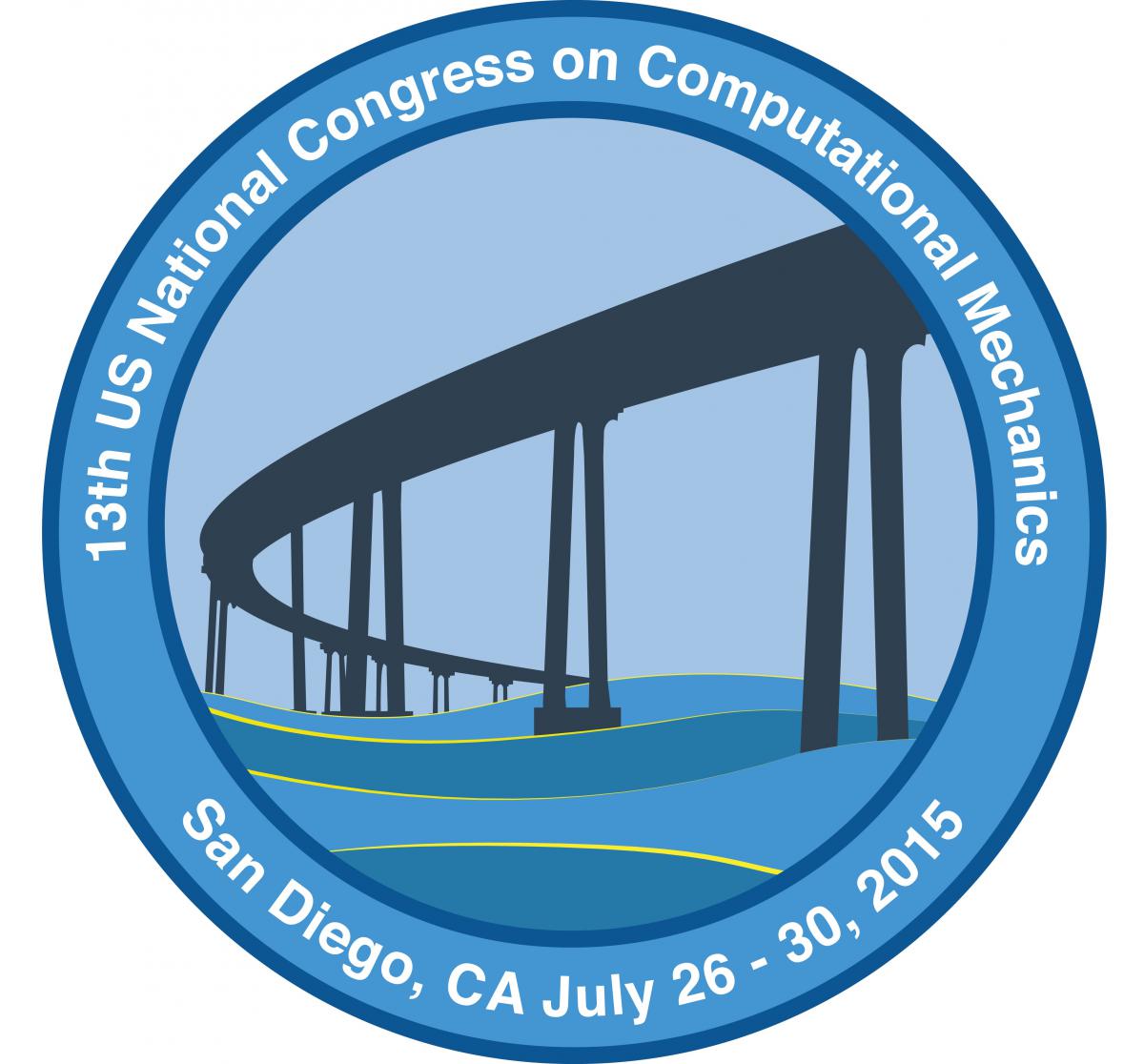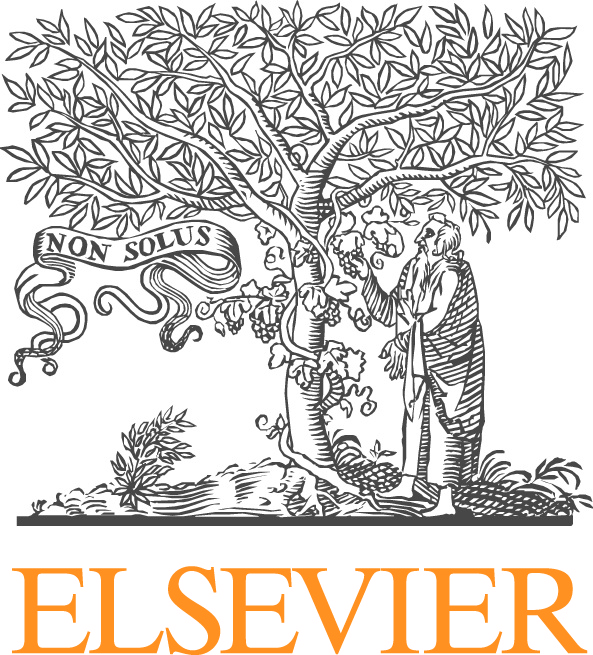Numerical Modeling and Computational Methods of Impact and Blast Problems
Significant impact and blast events can push physical systems to their limits and result in catastrophic consequences such as widespread human casualties/injuries and loss of property. A good understanding of the systems subject to impact/blast loading is required for system design and/or hazard mitigation. Due to the destructive nature of impact and blast events, physical experiments, especially full-scale testing, have remained a significant challenge due to their high costs associated with specialized facilities and equipment, personnel expertise, and setup of full-scale test specimens. While controlled full-scale testing may never become obsolete, recent advances in computing hardware and numerical algorithms has enabled numerical modeling and simulation to play an increasingly critical role in this important area of research.
This minisymposium aims to bring together researchers and engineers working on all types of impact and blast problems. It seeks to synthesize recent advances in mathematical models and computational methods/algorithms for impact and blast problems as well as for designing impact/blast resistant structures/systems. Research and industrial applications addressing all aspects of responses of structures, bodies, and materials subject to impact and blast loading are welcomed. Numerical modeling and simulation efforts with experimental validation/verification are particularly encouraged.





